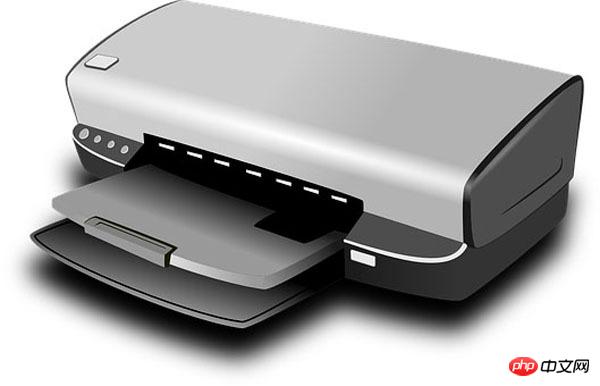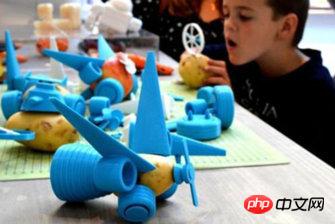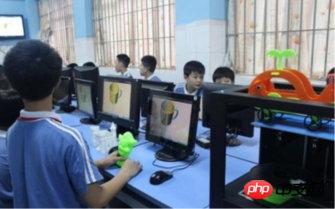Education sector incorporates 3D printing experience
- -Original
- 2018-03-09 14:13:481945browse
As one of the results of the rapid development of science and technology, the "3D printing" technology that once dominated the Internet seems to have encountered the same troubles as VR technology in the past two years: the enthusiasm and pursuit that the technology has brought to the public are gradually fading. However, the key to supporting the continued market development of this type of technology - offline experience, does not seem to have improved much.

Since the technology of 3D printing began to become known to people, various 3D printing offline experience projects have been launched one after another, and experience stores are scattered all over the place, attracting many people. Come into the store and experience it. However, as time went by, the operators discovered that most people came into the store just to visit. There were many onlookers but only a few orders. In recent years, 3D printing is no longer a new concept in people's eyes. There are far fewer people visiting such 3D printing experience stores, and there are only a few people. The bottlenecks and troubles of the industry are written in almost every 3D printing experience facility. The operators are eagerly looking for a turnaround. A piece of news released recently seems to point them in a direction: education.

Recently, the Ministry of Education issued the "General High School Curriculum Plan and Curriculum Standards for Chinese and Other Subjects (2017 Edition)". The new curriculum standards will be implemented in the fall of 2018. . Among the curriculum requirements for information technology and general technology, 3D printing is included in two major documents: "17-1834 General Technology Curriculum Standards for General High Schools" and "17-1847 Information Technology Curriculum Standards for General High Schools". The introduction of this curriculum standard means that more schools will launch courses related to 3D printing. As a technology with a high threshold, this is a long-lost business opportunity for offline 3D printing service providers.

# Due to its particularity, the application of 3D printing in education can well stimulate children's creativity. After being incorporated into daily courses, it will be more conducive to stimulating students' enthusiasm for interdisciplinary learning and creative intelligence, and cultivating students' spatial imagination, innovative thinking and creative design abilities. And in the future, with support from the policy level, 3D printing will be further integrated into the high school curriculum system and become a highlight of modern innovative education.
At the equipment level, 3D printing equipment for education does not require high-precision industrial-grade equipment. Desktop-level equipment is sufficient to meet teaching needs. This is also different from the characteristics of previous offline 3D printing facilities. This coincidence is also a good business opportunity for manufacturers.

Related articles
See more- How to get started with learning php? The clearest PHP learning roadmap in history!
- New Year's Day welfare giveaway! Crack Baidu cloud download, 10MB/S is not a dream!
- Teach you 'How to watch the PHP Chinese course video and quietly become a master?'
- A comprehensive inventory of the most internationally influential hacking incidents in 2016!
- WeChat mini program practical video course is online! Learn quickly! Otherwise it will be too late!

